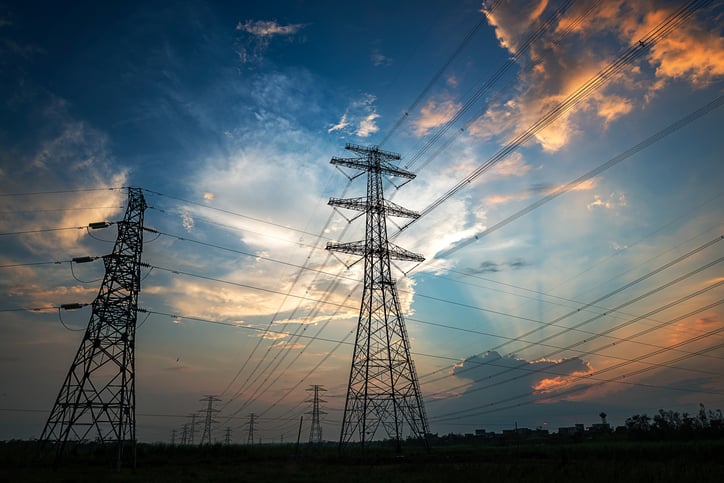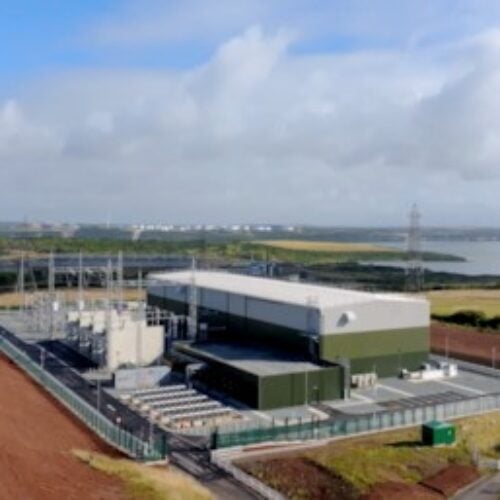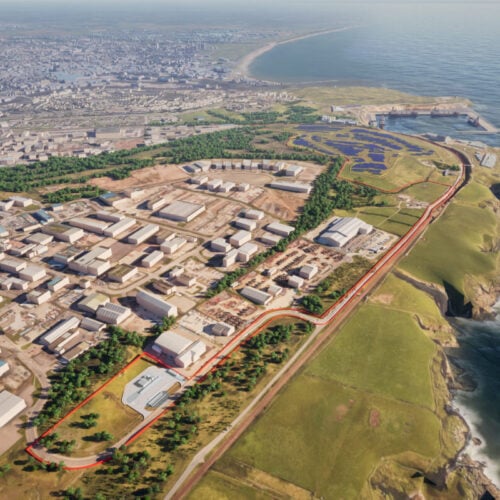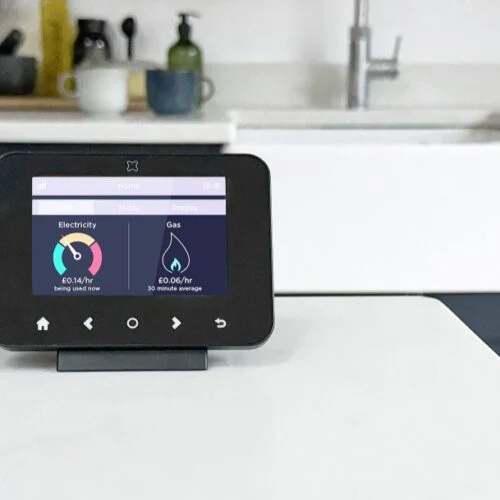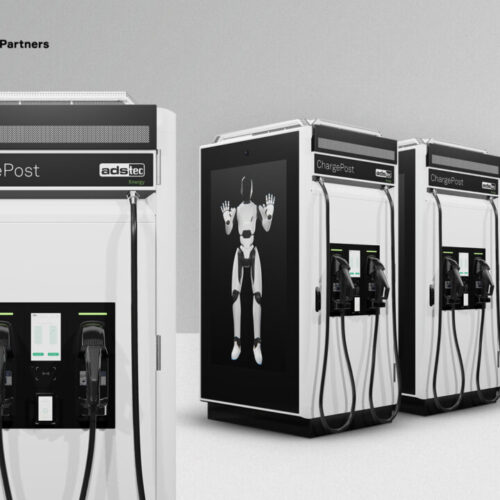UK Power Networks has laid out its vision for a ‘flexibility first’ approach in the coming years, including procuring a forecast 206MW in place of network reinforcement.
The distribution network operator (DNO) today outlined its flexibility roadmap from 2019/20 onwards, due largely to the network’s concern over the rise of electric vehicles within its network area.
Sotiris Georgiopoulos, head of smart grid development at UKPN, said in London: “We are an industry in flux [and] in transition, we are moving away from the old business model of centralised generation into the new business model where a lot of the generation – currently 30% – is actually connected on the distribution network. This is expected to increase over the years to come.”
This new world has already seen UKPN accept 1.2GW of energy storage application, on top of the 177MW already connected. This is joined by 55,000 electric vehicles already active within its network – out of the country’s 173,000 in total – powered by over 18,000 public and residential chargers.
The DNO has therefore identified three core products to be monetised, beginning with reinforcement referral, which will see the company buy flexibility to delay the need for expensive upgrades. Subject to forecasting, 206MW of flexibility is planned on the higher voltage network, with participants able to offer up a minimum of 100kW to respond within 30 minutes.
In order to improve access to these tenders, UKPN reconfirmed its commitment to the use of PIclo Flex as a digital platform for procurement, rather than what Georgiopoulos called a “granular procurement process through to a digital format”.
“The whole focus is how to make it easier for providers to go through this process,” he added.
Following an initial tender in 2017 that attracted high levels of interest but only resulting in two contracts being secured with EDF Energy and storage firm Powervault, UKPN has adapted its approach to address concerns it had received.
This will see it offer more certainty of contracts by pledging that the move is an enduring commitment rather than one-off tenders to be carried out. Contracts of up to four years will be offered, with two types of tender to be conducted. Six month lead times will be offered aiming to secure flexibility headed into winter periods, while 18 month tenders will be held to ensure time for new capacity if required.
Both will be held using the Piclo platform, with the first tendering exercise to begin in December this year and held open into Q1 2019 to ensure as many participants as possible are able to enter.
All 25 zones of the UKPN network are already on the platform, while low voltage network constraints will also be added when visibility and monitoring of this level has been established.
The second product will be used to manage plant maintenance although plans for these tenders are far less established and will be developed over the next year. Similarly, trials will be held in 2019 to develop the third product aimed at dealing with unplanned interruptions to the network.
“We understand that things are moving and changing…so if we start developing these products now we will have them ready for when we need them,” Georgiopoulos said.
To ensure that the network company avoids questions of neutrality in carrying out these tenders, UKPN will also seek to increase transparency over its procurement procedures. It will publish information about locational network needs, the criteria and outcomes of its procurement efforts, and commit to third party audits to gain feedback and make improvements where necessary.
The network company will also redouble its efforts to understand the constraints and needs of the lower voltage network as concerns continue to grow over the rise of EVs, which UKPN expects to reach 4.1 million in its network area by 2030.
Ian Cameron, head of innovation at UKPN, said: “Time is the enemy here. This will be faster than we saw with the [distributed energy] rush, faster than storage…”
Georgiopoulos added: “It’s not comfortable getting into some of these areas without the level of engineering understanding and detail that we’re used to but that’s the changing world in which we live. We have to make decisions and make decisions early if we are to get things right.”
